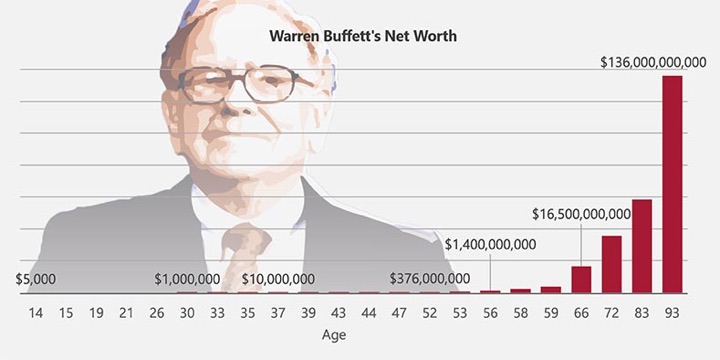
Warren Buffett is known for his annual Letters to Shareholders, but last week he also made some extended comments inside a Berkshire Hathaway news release about to his charitable giving and estate planning. As with most of his writing, it is concise and direct, and thus worth reading the original. Here are a few of my takeaways after reading the “mini-letter”.
Many who diligently save and invest will achieve “runaway” wealth, especially those that live a long time. This includes a lot of Berkshire Hathaway shareholders, and many of them choose to give the excess back to society instead of keeping it in the family.
Things didn’t look great when I arrived at the beginning of The Great Depression. But the real action from compounding takes place in the final twenty years of a lifetime. By not stepping on any banana peels, I now remain in circulation at 94 with huge sums in savings – call these units of deferred consumption – that can be passed along to others who were given a very short straw at birth.
It also has been a particular pleasure to me that so many early Berkshire shareholders have independently arrived at a similar view. They have saved – lived well – taken good care of their families – and by extended compounding of their savings passed along large, sometimes huge, sums back into society. Their “claim checks” are being widely distributed to others less lucky.
Regarding wealthy parents and how much to give their children.
These bequests reflected our belief that hugely wealthy parents should leave their children enough so they can do anything but not enough that they can do nothing.
Regarding ALL parents and leaving stuff to their children. Talk to them while you are still alive!
I have one further suggestion for all parents, whether they are of modest or staggering wealth. When your children are mature, have them read your will before you sign it.
Be sure each child understands both the logic for your decisions and the responsibilities they will encounter upon your death. If any have questions or suggestions, listen carefully and adopt those found sensible. You don’t want your children asking “Why?” in respect to testamentary decisions when you are no longer able to respond.
The overall plan is that he is leaving his BRK shares to family foundations, whereupon his three children will be responsible for overlooking their disbursement. Buffett always believed in a “circle of competence”, which means that just because you are good at one thing, that doesn’t mean you are good at everything… Apparently, his circle doesn’t include dealing with the world of charitable grants. His children have agreed to take on this important responsibility, and all three have to agree unanimously for a grant to occur.
Passing on family values, not just money.
Instead, we shared a view that equal opportunity should begin at birth and extreme “look-at-me” styles of living should be legal but not admirable. As a family, we have had everything we needed or simply liked, but we have not sought enjoyment from the fact that others craved what we had.
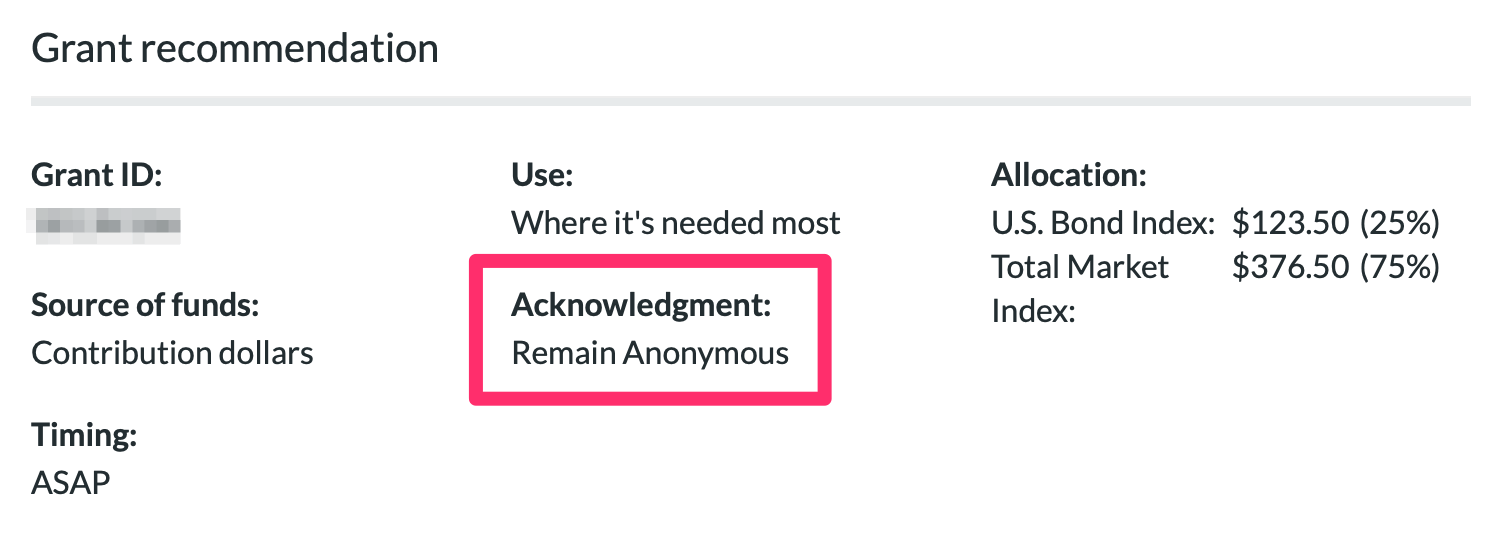
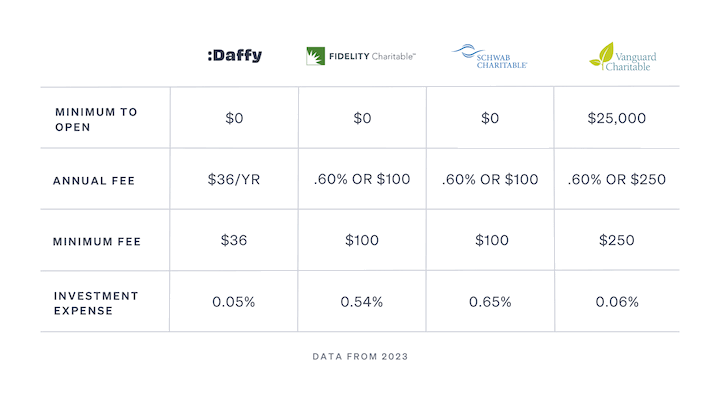
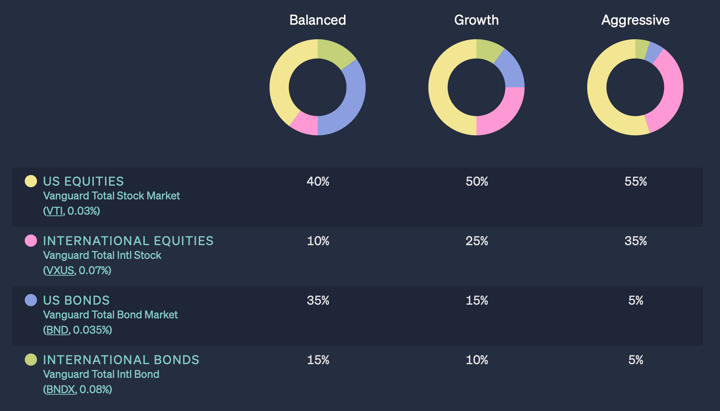
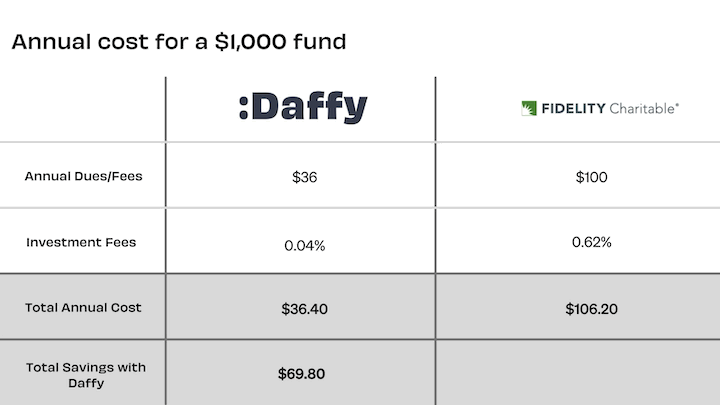
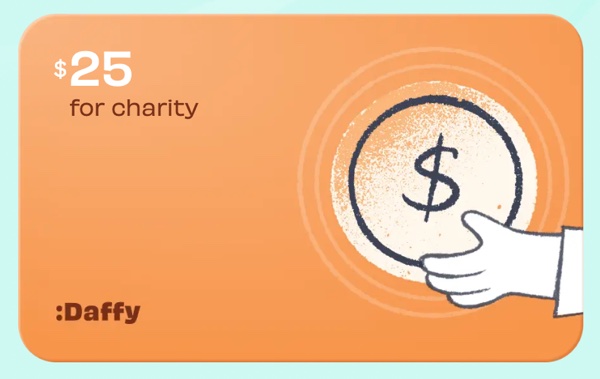
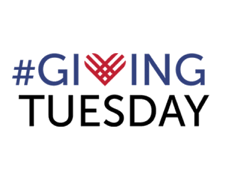 Tuesday, November 30th is Giving Tuesday 2021, an international day about giving support through charities and nonprofits by donating money or volunteering your time. In case you aren’t inundated with mailings already, this time of year is a big deal for charities, with 40% of donations occurring in the last six weeks of the year. Here are some ways you can “double your impact” with a matching donation.
Tuesday, November 30th is Giving Tuesday 2021, an international day about giving support through charities and nonprofits by donating money or volunteering your time. In case you aren’t inundated with mailings already, this time of year is a big deal for charities, with 40% of donations occurring in the last six weeks of the year. Here are some ways you can “double your impact” with a matching donation. Giving to charity has the double taboo of being both about money and your generosity to others. Double the chance for judgment, at least!
Giving to charity has the double taboo of being both about money and your generosity to others. Double the chance for judgment, at least!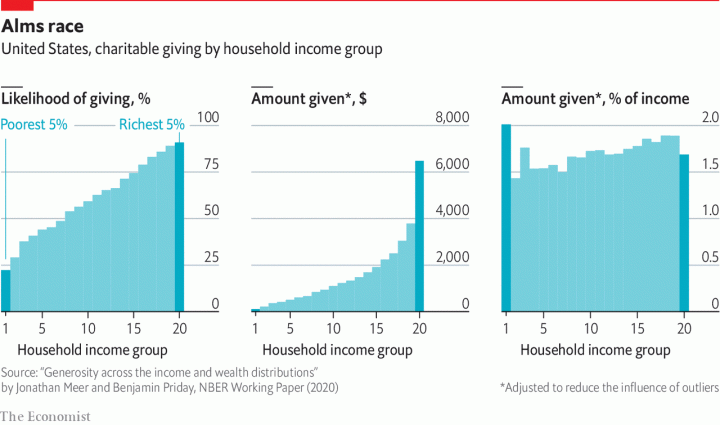

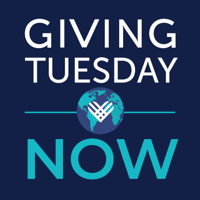
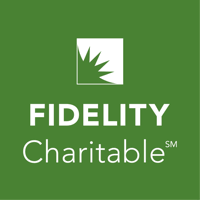
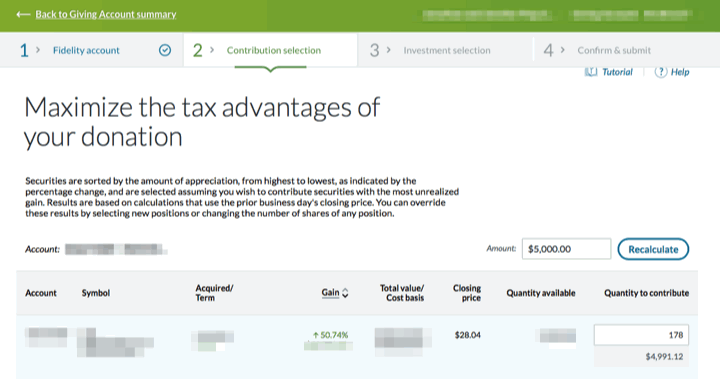
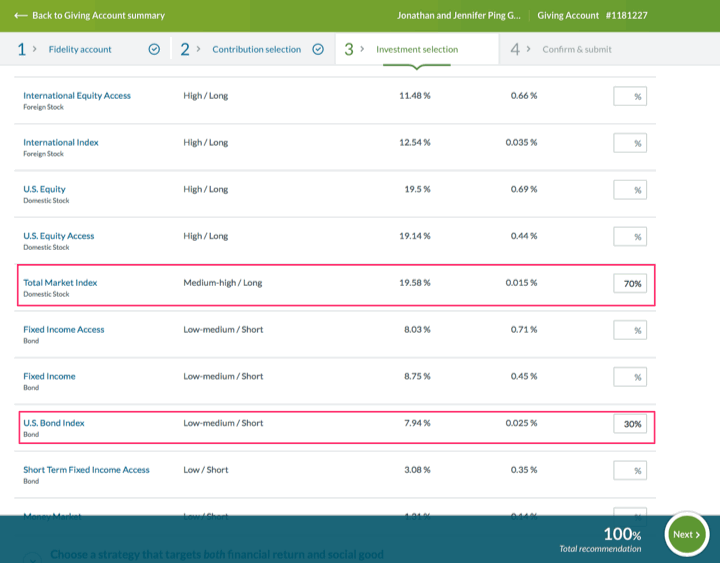
 If you own stocks in a taxable brokerage account and make charitable donations, consider donating your stocks this year instead of just writing a check. Why? Given the all-time market highs, your stocks, mutual funds, and/or ETFs probably have unrealized capital gains. When you donate an appreciated security that you’ve held for at least a year, you’ll both avoid paying long-term capital gains tax AND get a tax deduction for the full current market value.
If you own stocks in a taxable brokerage account and make charitable donations, consider donating your stocks this year instead of just writing a check. Why? Given the all-time market highs, your stocks, mutual funds, and/or ETFs probably have unrealized capital gains. When you donate an appreciated security that you’ve held for at least a year, you’ll both avoid paying long-term capital gains tax AND get a tax deduction for the full current market value.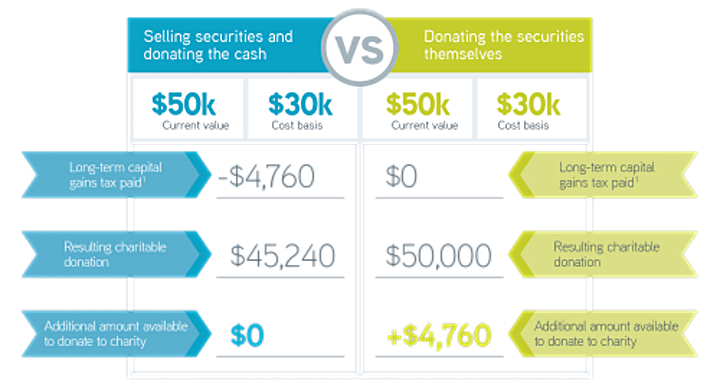
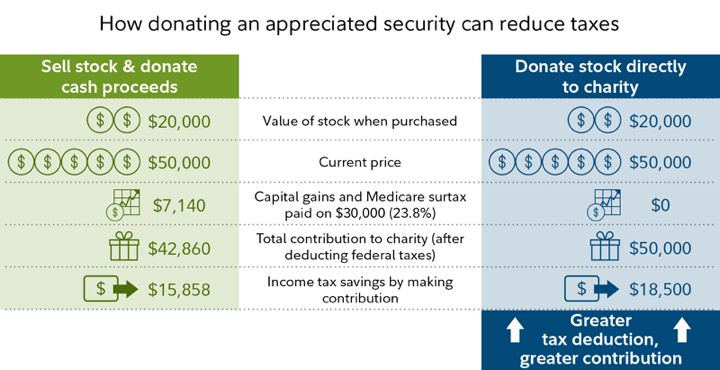
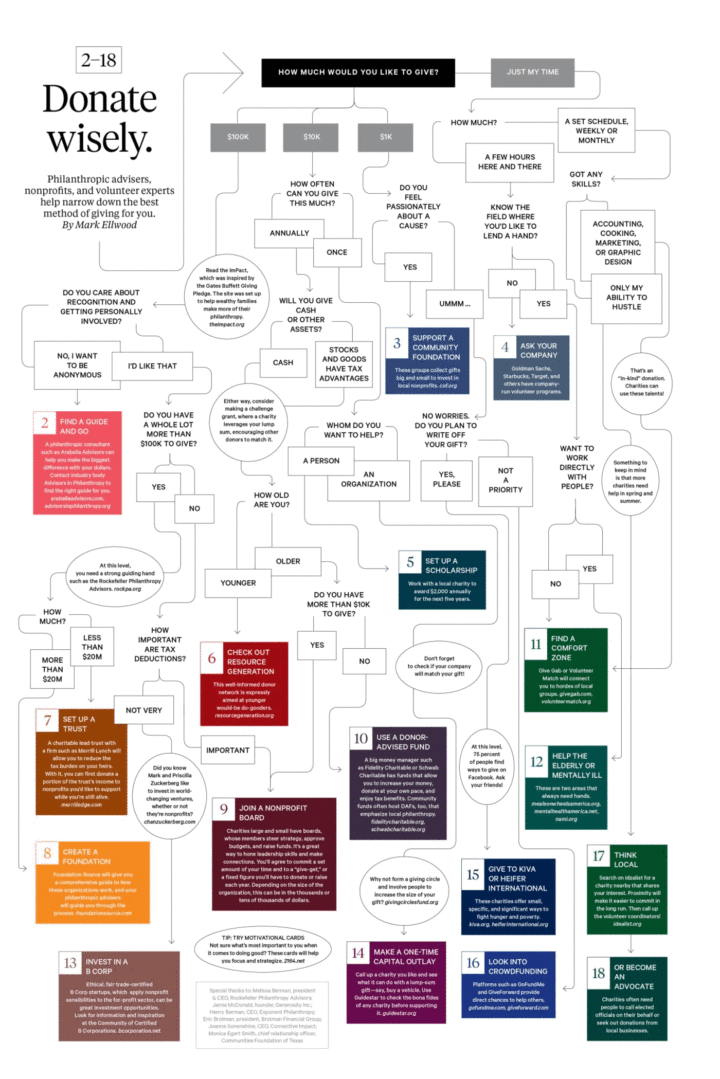
 The Best Credit Card Bonus Offers – 2025
The Best Credit Card Bonus Offers – 2025 Big List of Free Stocks from Brokerage Apps
Big List of Free Stocks from Brokerage Apps Best Interest Rates on Cash - 2025
Best Interest Rates on Cash - 2025 Free Credit Scores x 3 + Free Credit Monitoring
Free Credit Scores x 3 + Free Credit Monitoring Best No Fee 0% APR Balance Transfer Offers
Best No Fee 0% APR Balance Transfer Offers Little-Known Cellular Data Plans That Can Save Big Money
Little-Known Cellular Data Plans That Can Save Big Money How To Haggle Your Cable or Direct TV Bill
How To Haggle Your Cable or Direct TV Bill Big List of Free Consumer Data Reports (Credit, Rent, Work)
Big List of Free Consumer Data Reports (Credit, Rent, Work)